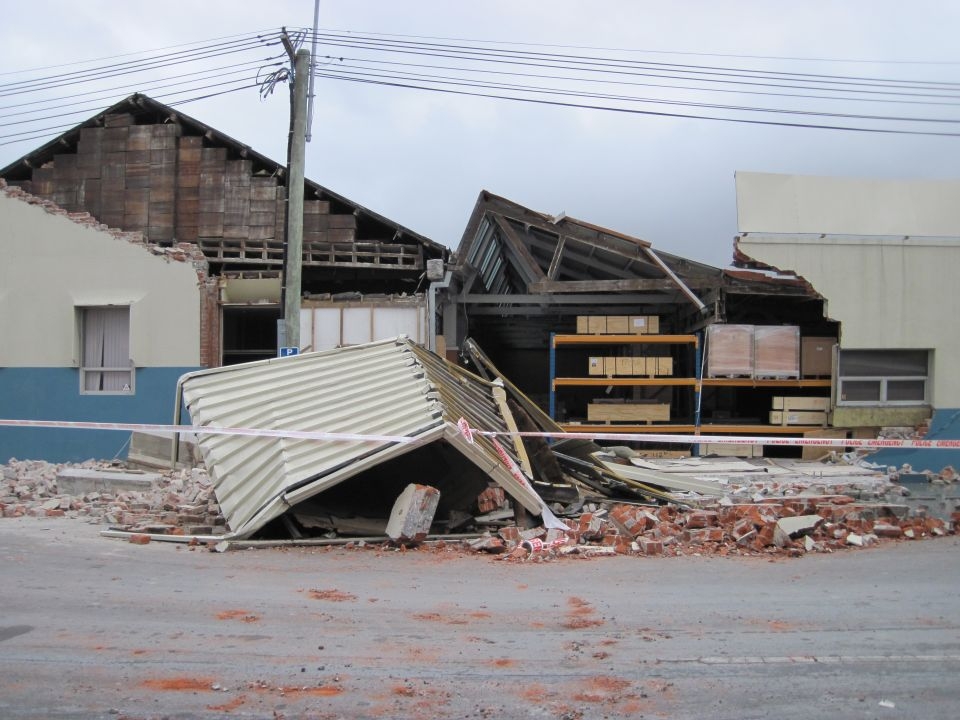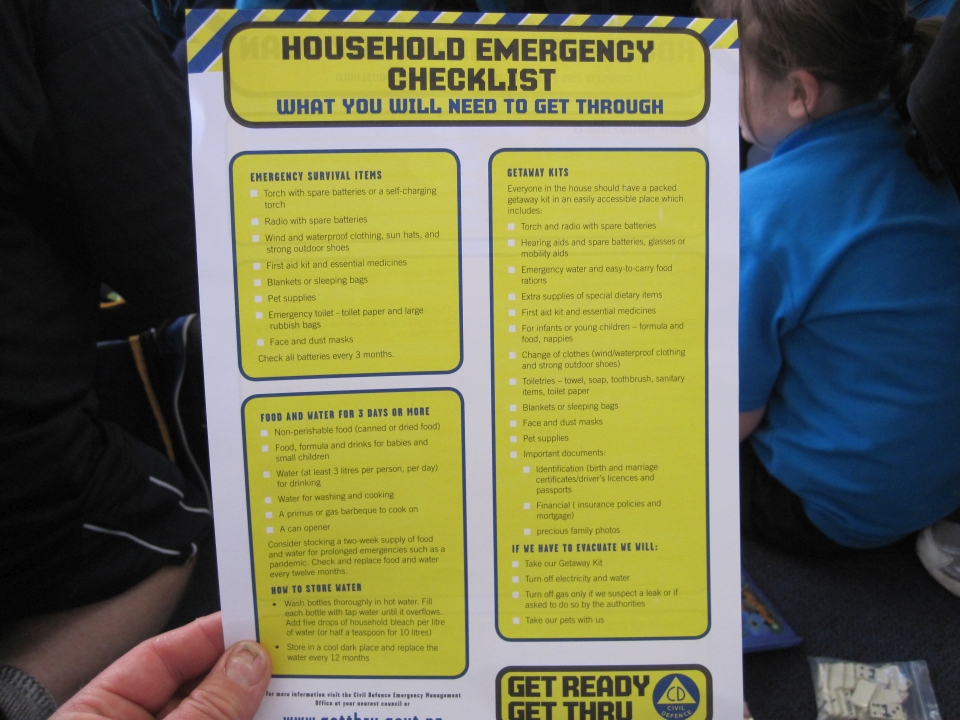It is important for all New Zealanders to know about geohazards and what to do if there is an event. Find out about where you live and what the local hazards are.
Make an emergency plan with your family. Put a survival kit together and keep it updated. Be ready for earthquakes and make sure your home is quake safe - check out the EQC website to find out more.
Volcanic eruptions can cause different hazards. The type of hazard depends on where the volcano is and how it erupts.
Ash Fall
When a volcano erupts a lot of different material explodes into the air above it. Large material will land close to the vent while the wind can spread ash a long way. The more ash there is the bigger the impact.
Lightning
Ash clouds can make powerful electrical fields causing lots of strong lightning strikes. These strikes can stop radio communications, damage electrical lines, or start fires in buildings.
Flows and surges
If a large amount is erupted quickly from a volcano the eruption column can collapse. Like pointing a garden hose up in the sky. As the eruption column collapses it can change into a flood of hot, solid bits inside a liquid, gas cloud. Flows and surges are hot and can travel very fast destroying things in their path.
Lava Flows
Lava flows are streams of molten rock. Lava flows don't usually harm people because of their slow movement. Lava flows will destroy buildings and other things in their path.
Lahars
Lahars are “mudflows”- mixtures of volcanic ash, blocks and water. The source of a lahar could be a crater lake, a dam breaking or heavy rainfall washing ash from the slope of a volcano. Lahars will destroy buildings and plants in their path.
Volcanic gases
Volcanic gases include steam, carbon dioxide and smaller amounts of sulfur and chlorine. Dangerous amounts of gases are only found very close to the crater.
Landslides
Landslides can be wet, dry or both. If wet, a landslide may change into a lahar and carry on flowing further down the slope.
Tsunami
Tsunami are sea waves caused by earthquakes, by landslides and by underwater volcanic eruptions. These waves may travel a long way. Island volcanoes can cause landslides that flow into the sea causing tsunami.
If there is a volcanic eruption
- Save water in your bath, basin, containers or cylinders – supplies may become polluted.
- Stay indoors with your pets as much as possible.
- Wear mask and goggles if you go outside, to keep volcanic ash out of your eyes and lungs.
- Keep gutters and roof clear of ash – lots of ash can collapse the roof.
- Take your outdoor clothing off before entering a building – volcanic ash is difficult to get rid of.
- Take your Getaway Kit with you if you have to leave.
- Turn power and gas off at the mains.
- Don’t go sightseeing.
- Don’t leave home unless advised by Civil Defence.
- Try to get cars under cover to avoid damage from ash.
After an eruption
Keep buildings safe:
- Don't let ash build up. Volcanic ash is heavy and could cause damage to roofs and guttering.
- Light ash falls can also set in gutters and downpipes and cause problems.
- Use a broom to get the ash off.
- Try to stop ash getting into storm-water drains.
Take care of furniture and glass:
- If possible, clean with a vacuum cleaner. Otherwise clean by using a dusting or dabbing motion, not by wiping, which will cause scratches.
- Use a detergent-soaked cloth to clean glass surfaces.
Electrical Appliances:
- Ash can cause short circuits.
- Don't use appliances outside during ash fall.
- Unplug appliances and clean, inside and out, with a vacuum cleaner or duster.
Ready for a quiz? Try the "Managing Volcanic Hazards" activity.







